A cave site in hilly, northern Croatia may offer clues about the rituals and sacred spaces of the Neandertals, an Ice Age human population. Or it may just have been a grisly diner for Neandertal cannibals. Anthropology researchers at CSU are working to determine whether ritual, survival – or a serving of both – account for one of the world’s largest collection of Neandertal remains.
The Krapina Neandertal site represents one of the greatest discoveries in the field of paleoanthropology. Croatian paleontologist Dragutin Gorjanović-Kramberger first excavated in the cave in 1899, unearthing the remains of more than 80 individual Neandertals, including more than two dozen relatively complete bones from both male and female Neandertals of a variety of ages. His work represented a leap forward in science-based archaeological inquiry, and anthropologists have since determined the cave contains around 10,000 years of buried remains and materials.
“Finding information about our ancestors was like an arms race in late 19th century Europe,” said Mica Glantz, a biological anthropologist and chair of the Department of Anthropology and Geography. “At the time of Kramberger’s discovery, Great Britain was the epicenter of evolutionary thinking and the place that folks were looking for the missing link between us and our ape-like ancestors, so the discovery at Krapina – a cave situated in a small country in the Balkans – was a huge deal.”
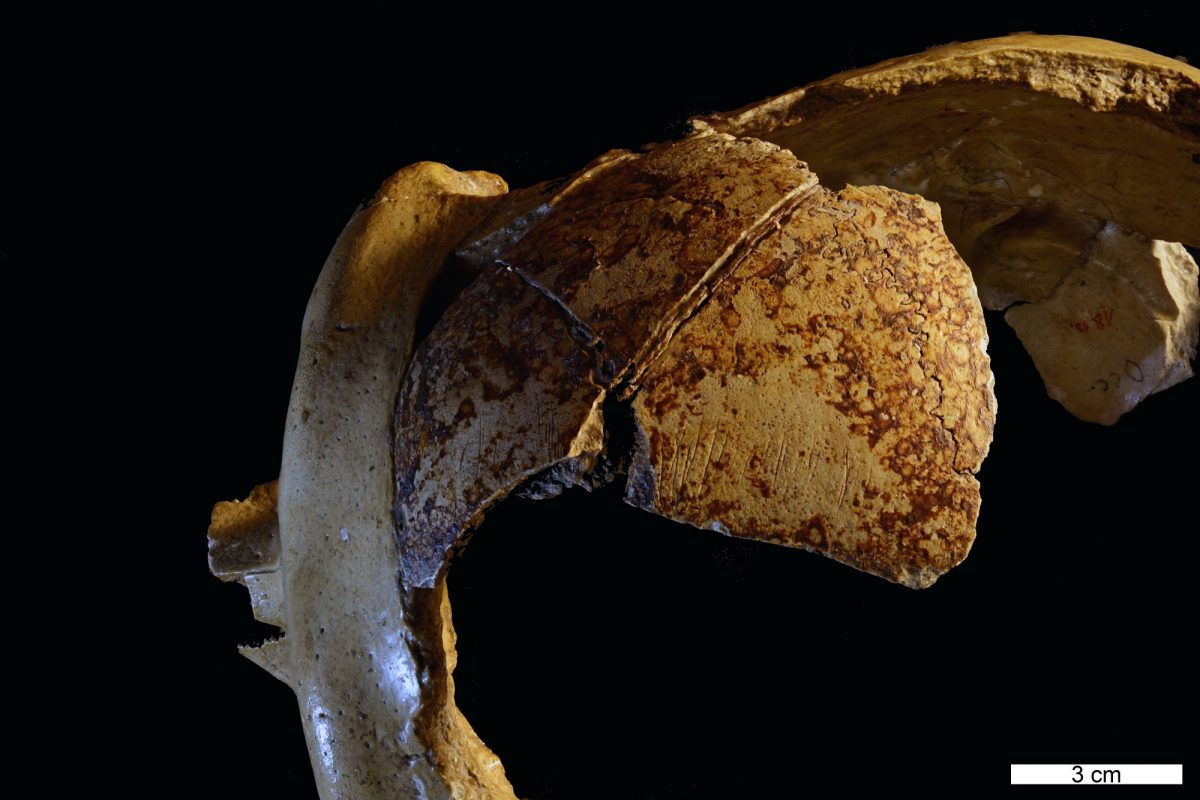
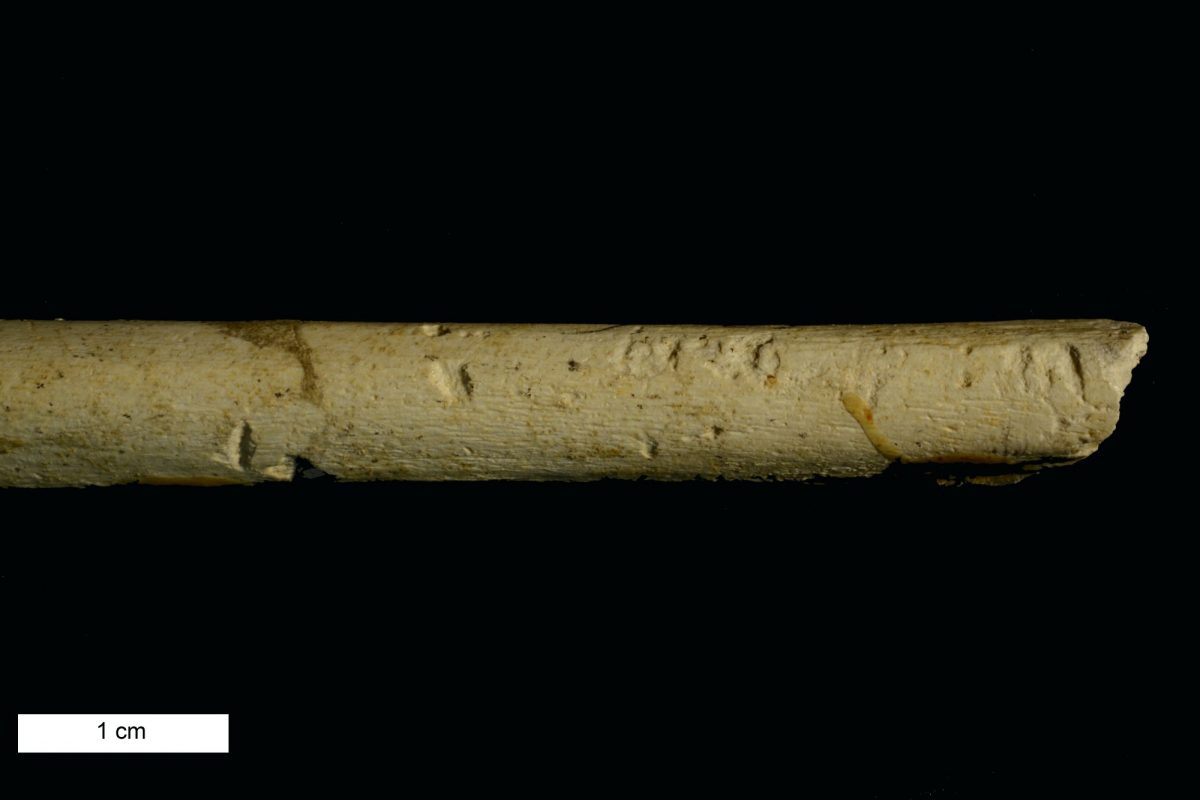
Neandertals are an ancient group of humans who lived across western Eurasia beginning a few hundred thousand years ago. They are believed to have gone extinct about 32,000 years ago due to some combination of climate change as well as intermixture and competition with human groups who look more like us, typically referred to as anatomically modern humans. Studies continue to add to what we know – and think we know – about Neandertal culture. Nearly 120 years after Kramberger’s find, anthropologists, including Glantz, whose research focuses on Neandertals, still flock to Croatia to analyze the remains from Krapina Cave.
Among the lingering mysteries from the collection are unexplained markings found on a good portion of the human remains, with some particularly strange ones on a few of the skulls. Many anthropologists have hypothesized that the markings were created by Neandertal stone tools used as utensils to crack into their comrades for a meal. In that case, the cave site of Krapina was the setting for 10,000 years of cannibalism, where the specialty was Neandertal steak tartare. Evidence from other sites supports this hypothesis that Neandertals practiced cannibalism, specifically during times when other food sources were scarce. Stone tools would have worked great at breaking arm and leg bones to get at highly nutritious marrow.
But the markings on the skulls are not as easily explained. Zombie tales notwithstanding, the markings do not indicate brain removal or even butchery of some of the large chewing muscles, all decent tissue to eat. So why are there distinct markings on the skulls?
When modern humans engage in cannibalism as cultural practice, the behaviors are symbolic and not driven by hunger -- and can be described as ritual. The remarkably consistent markings on the Neandertal fossils from Krapina Cave, across roughly 10,000 years, might suggest similar, repeated ritualistic behavior, at this one special place.
In agreement with her Croatian colleague, Davorka Radovčić, a Neandertal specialist and curator of the Krapina collection, which is kept at the Croatian Natural History Museum in Zagreb, Glantz hypothesizes that the markings may have been burial rituals that would have taken place after an individual died – to de-flesh them and prepare them for reburial. If supported, this interpretation indicates the cave at Krapina was a sacred or ceremonial site instead of an open-air cannibal cafeteria.
“This debate has gone back and forth for decades,” said Glantz. “Were those marks made as some kind of burial ritual or did they eat each other during times of stress? We have this very limited view of Neandertals, and we tend to cast them as primitive savages. Suggesting they are cannibals supports this perspective in some ways. Yes, they could have been cannibals, but survival cannibalism doesn’t make sense at that time because it was a warm period when game should have been plentiful.”
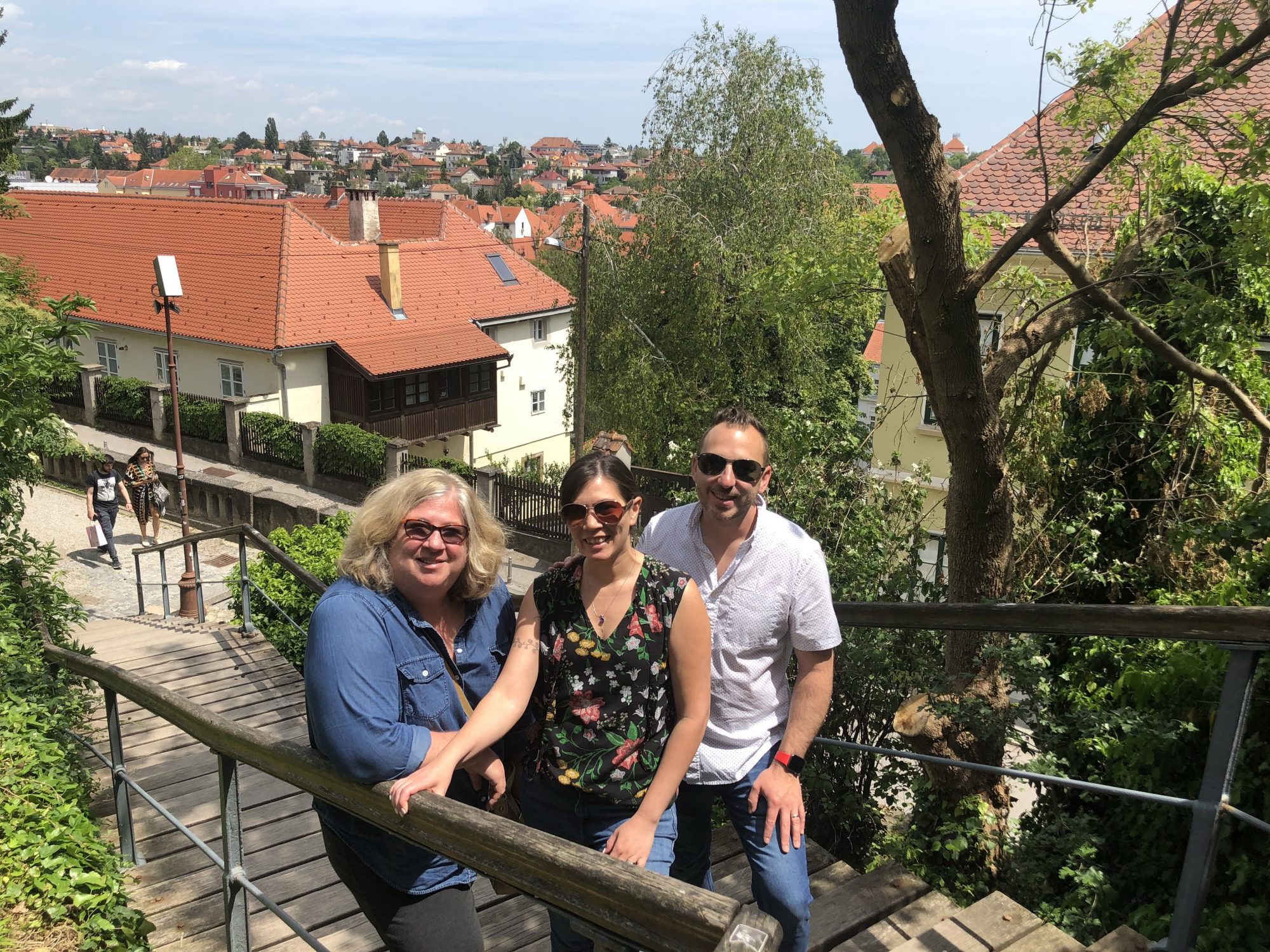
To help settle this long-standing question of ritual, cannibalism, or both, Glantz traveled to Croatia last summer with fellow CSU anthropologists Michael Pante and Connie Fellmann to take a look for themselves. Over two weeks, the team partnered with Radovčić to analyze about 300 specimens from Krapina.
Pante, a paleoanthropologist and CSU faculty since 2013, has done extensive work studying the feeding behavior of early members of the human genus (Homo) in Tanzania, where many important discoveries about the evolution of human hunting have been made. He accomplishes his work with the use of a profilometer, a microscope that collects minute details from surfaces, primarily used in engineering and in the semiconductor industry to analyze surface textures. Pante is among a pioneering class of paleoanthropologists who are now using the profilometer as a tool to analyze scratches and other markings on the bones of human and animal fossils to help determine their origins. His expertise – as well as his and Fellmann’s lack of bias toward the debate surrounding Krapina – was a great fit for determining what went on at the cave and why.
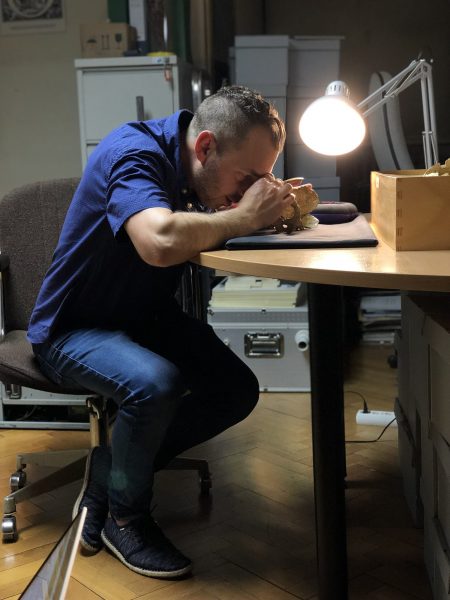
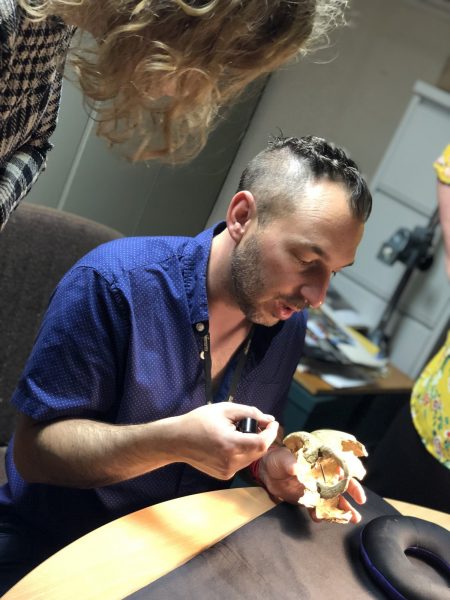
“Michael’s research specialty is highly resolved analyses of cut marks on bones to determine if they were made by stone tools, animal teeth, or hoof marks,” Glantz said. “The patterns of the markings on the Krapina Neandertals could reveal if some sort of ritual was involved, which would challenge a lot of traditional thinking about Neandertals.”
Pante wasn’t able to use the profilometer on this trip – the unwieldly piece of equipment is very heavy and expensive to ship – but he was able to get an up-close look at the fossils over a four-day period. The task was complicated by some antiquated preservation efforts. Kramberger and his team coated specimens with shellac, considered a form of protection back then, but now considered a technique to avoid since it prevents detailed analysis. Still, Pante was able to examine the remains and learn enough to make some observations.
“My preliminary inspection suggests that cannibalism is a real possibility for a number of reasons,” he said. “Many of the bones were broken, apparently to extract the marrow. In some of the samples, we have seen what appears to be carnivore damage, so it seems these Neandertals were processed for food and then their bones were gnawed on by critters that lived in and around the cave. What we hope to do is identify the marks conclusively to determine whether the marks were put on the bones close to the time of death or later on.”
Fellmann, who specializes in forensic anthropology, including biomechanics and limb and locomotor development, will also contribute to the findings. Through her analysis of the specimens, she will be able to determine if the markings reflect the same pattern of butchery that the Krapina Neandertals used when processing animal carcasses at the cave, animals known to have been eaten because many of the bones were burned. If so, that would support the notion of cannibalism.
Glantz, Pante, and Fellmann are working on proposals to fund further research on the collection. Pante is also making arrangements to secure a profilometer on site so that he can begin a detailed examination of the cut marks.
Glantz, meanwhile, is hoping the next round of evaluations by the CSU team reveals a more human side of Neandertals, who are some of the earliest human ancestors known to bury their dead.
“Neandertals are much more complicated than previously thought,” she said. “For example, there were eight eagle talons found at the Krapina site that were likely worn as jewelry, dated to 130,000 years old. If that’s the case, you assume they had language and the ability to manipulate symbols – and the talons at Krapina represent some of the oldest evidence of that type of behavior; a behavior we typically reserve only for anatomically modern humans.
“That’s what makes this work so exciting. With the profilometer, Michael will have a chance to discover what type of stone tool was used, or what animal tooth type was involved in making these markings. It’s a very intriguing puzzle that the technology and Michael’s expertise will help us resolve.”
